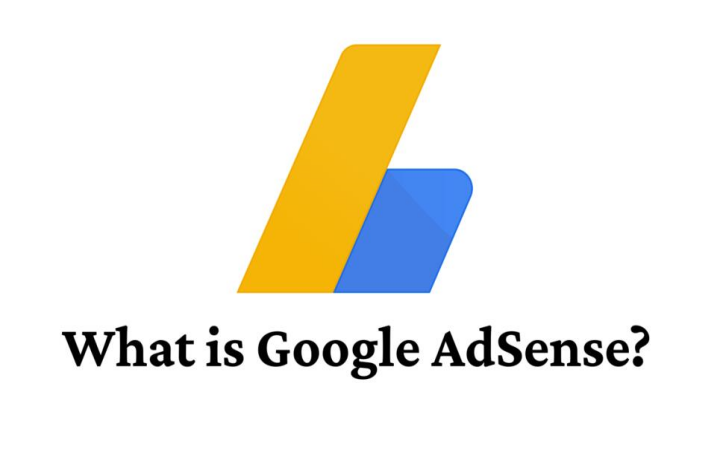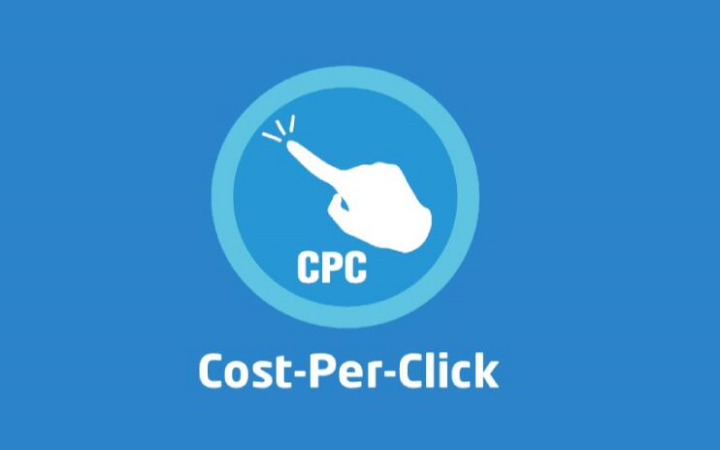Understanding advertising efficiency mechanisms is the key to success in this fast-paced digital marketing world. The ad exchange is one of these mechanisms. What is ad exchange, and how does it work? These questions will be the points we need to discuss in this definitive guide. We will review the process one at a time, all the essential aspects, such as ad exchanges, their benefits, types, and the differences between ad networks and ad exchanges. Moreover, we will also touch upon the most functional ad exchanges for publishers and propose advice on selecting the best ad platform.

What Is an Ad Exchange?
An ad exchange is a virtual marketplace for digital transactions where advertisers and publishers initiate the buying and selling process of the advertising space their online content contains. This automated platform enhances efficiency, allowing advertisers to bid on various websites and apps. At the same time, publishers can increase their revenue by selling the ad spaces to the highest bidder.
Key Features of an Ad Exchange:
- Real-Time Bidding: It permits advertisers to bid for ad space in real time.
- Transparency: It offers thorough reporting and analytics on ad performance payment.
- Automation entails reducing manual effort through software that executes the selling and purchasing.
How Does an Ad Exchange Work?
The process begins when a user comes to a website. Information about the users, like their race, behaviour, and interests, is transmitted to the ad exchange within milliseconds. Advertisers quickly come up with ideas to get the users’ attention. The one who offers the most significant price gets to put their other offers, which should be displayed later.
Here’s a step-by-step breakdown:
- User Visits a Website: Visitors access a web page with ad spaces.
- Request Sent to Ad Exchange: Details about the user and the already available ad space go to the ad exchange.
- Advertisers Bid: The analytics are done by advertisers, who then place their bids in real time.
- Winning Bid Selected: The highest bid wins, and the ad is served to the user.
- Ad Displayed: The ad is displayed on the website while the page loads.
The Benefits of Using an Ad Exchange
- Efficiency: Automated bidding processes quickly and minimize manual work.
- Access Reach: An across-the-board pool of publishers and high-quality ad inventory.
- Refinement: Using an accurate assessment of the customer history as the basis, you can include or exclude content that will make the audience visible through the developed information.
- Money Saving: Pay for the best, most suitable ad spaces cleverly choose.
- Transparency: Verify that your ads are appearing in the right places and monitor their performance.
Types of Ad Exchanges
Various ad exchanges are healthily observed. They cater to specific needs but are not exhaustive, such as:
- Open Ad Exchanges: They are open to the general public and are free to access. They have a large variety of inventory but only the ability to conduct less control over the placements of the ads.
- Private Ad Exchanges: They are entirely restricted to certain advertisers and publishers in the first instance, thus presenting them with more control and access to premium inventory.
- Preferred Deals: Publisher-to-advertiser deals on agreed prices and terms bypassing the traditional auction route.
Ad Exchange vs. Ad Network
Though ad exchanges and ad networks, in their primary roles, are platforms that make it possible to purchase and sell ad space, the distinction between them is notable:
- Ad Exchange: A system where the trading is done in real-time over the internet in return for advertisement space. It admits to providing a more efficient and transparent margin for transactions.
- Ad Network: It brings together a bunch of ad spaces from suppliers. The providers handle the advertisers, who pay a set amount for the service. Although one might argue these networks lack transparency, the upside is that they can be more custom-fit to the advertiser’s needs.
How Do Ad Exchanges Generate Revenue?
Ad exchanges make money by taking a cut in the form of a fee or commission from each transaction. This fee can be a percentage of the bid amount or a flat rate per transaction. Ad exchanges are open and operate directly and quickly from the company and the product users. As a result, they often generate more revenue through the platform and attract users.
Best Ad Exchanges for Publishers
Google Ad Exchange
In more than a hundred countries worldwide, Google Ad Exchange is a tool that can significantly increase ad sales while keeping users’ data secure. Its vast network of reliable advertisers and numerous publishers is the good thing about it. Google Ad Exchange can help the advertiser and the publisher achieve maximum brand visibility and generate higher revenue.
Key Features:
- High Demand: Access to all the Google Ads advertisers, plus a vast number of ads.
- Advanced Targeting: Highly interactive advertising tools that use behavioural, demographic, and interest information to optimize a user’s ad experience.
- Transparency: It represents an interactive ad campaign and the earnings you obtain from ads.
- Integration: The seamless integration of Google Ad Manager with this model streamlines the processes.
AppNexus
Formerly independent, AppNexus became part of Xandr, a firm known for cutting-edge technology and powerful features. A principal company for ad exchange ensures a dynamic and efficient market for programmatic ad sales and buys.
Key Features:
- Bespoke Solutions: The platform offers individual solutions that are most suitable for publishing and advertising purposes.
- The Mention-Aware Matching: The system surveys and analyzes ad auctions for potential gains and provides the best possible pricing for advertisements.
- Global Network: A network that enables advertising even in the world’s farthest corners.
- Data Reports: Besides the transparency and detail, the reporting features bring additional value to customers.
OpenX
OpenX is the most sought-after programmatic trading technology service focused on Making Your Marketplace Unforgettable. It provides the best digital platform through which advertisers can pick the best place to display their ads, and publishers have the chance to maximize their revenues. Publishers and advertisers will benefit from its innovation and quality ad delivery. The platform is replete with advanced technology that provides advertisers and publishers with the best possible environment to transact.
Key Features:
- High-Quality Inventory: Advertisers will have space to engage the most users possible with premium ad placements.
- Fraud Prevention: It keeps the site safe through anti-fraud and complex prevention methods.
- Real-Time Bidding: Efficient RTB technology for optimal ad placements.
- Reporting: Comprehensive reporting tools for detailed performance analysis.
Rubicon Project
Rubicon Project, renamed Magnite, is a significant advertising exchange platform offering Programmatic Advertising services. It provides practical tools and features to help publishers achieve maximum ad revenue.
Key Features:
- Global Marketplace: An international and vast network of advertisers and publishers.
- Efficiency: Cutting-edge tools for ad operations powered by automation.
- Transparency: Detailed reports and analytics tools are provided to track performance.
- Customer Support: Customer support and customer service are responsive to publishers’ needs.
How to Pick a Good Ad Platform
The basic tricks of choosing the right ad exchange platform can completely modify your campaign’s success. Here are some essential tips:
- Reputation: The first step is to determine which platforms are legit by reviewing their credentials and finding clients or users who have reviewed them.
- Technology: Verify that the platform uses cutting-edge technology for real-time bidding and data analysis. To do this, conduct trials in the beginning to see which works best for you.
- Transparency: The platform must have a system that offers transparent reporting and analytics. Please sign up for a platform that deals with all your business’s marketing needs.
- Support: Choose a platform that provides unlimited customer service, tech help, and various tools you can use.
- Compatibility: Check whether the platform you are considering works well with your existing applications and systems.
FAQs
What is the main difference between an ad exchange and an ad network?
In principle, an ad exchange facilitates a real-time bidding process where different advertisers auction bids in competition, and the highest one wins automatically. Whereas an ad network gathers all the advertisements and sells them all in one go at a particular price.
Are ad exchanges suitable for small businesses?
The number of ad exchanges in the market may seem like a tiny error; however, many ad networks are small business-oriented and offer other advertising solutions at flexible and scalable prices.
Conclusion
Ad exchanges are critical players in the marketer’s digital strategy, offering efficiency, reach, and precision targeting. By learning how they operate and choosing the right avenue, you can improve your advertising and generate better profits.
Are you set to take your digital marketing strategy to the next level? Unravel the potential of ad exchanges to your campaigns, and jump on board now!


